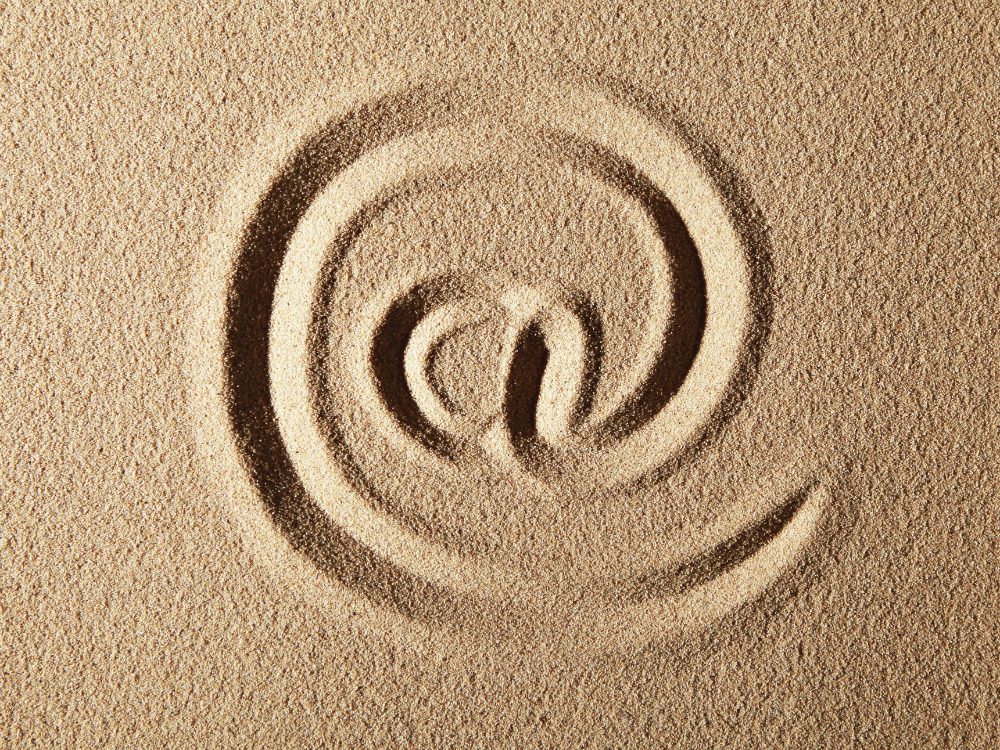You'll Never Guess How You Say '@' In Other Languages
Basically, the English pronounciation is by far the most boring....

Basically, the English pronounciation is by far the most boring....
Here's some history for you: The @ sign was first used as an email device in 1971 by a 29 year old computer engineer called Ray Tomlinson. But it actually existed long before then - and you can even trace its roots back to the 1500s, which it was used as a mathematical symbol to help with counting.
But despite its origins, the symbol only became commonplace in recent history - meaning that its pronounciation, and the words used to describe it around the world vary considerably. And they're generally completely amazing.
Which is why we compiled a list of them, for no real reason except for the fact that we wanted to. (You never know. One day it could come up in a pub quiz.)
Armenia - 'Ishnik', meaning 'puppy'
Taiwan: 'Xiao laoshu' meaning 'little mouse' China: 'quan ei', meaning 'circled A'
Denmark: 'snabela', meaning 'elephant’s trunk A'
Celebrity news, beauty, fashion advice, and fascinating features, delivered straight to your inbox!
Germany: 'klammeraffe', meaning ‘cling monkey’
Hungary: 'kukac', meaning 'worm' or 'maggot'
Italy: 'chiocciola', meaning 'snail'
Kazakhstan: 'айқұлақ', meaning 'moon's ear' Greece: 'papaki', meaning 'little duck'
Bosnia: 'ludo A' , meaning 'crazy letter A'
Slovakia: 'zavinac', meaning 'pickled fish roll'
Turkey: 'guzel A', meaning 'beautiful A'
You can thank us later. (Or on Twitter papaki marieclaireuk.)
The leading destination for fashion, beauty, shopping and finger-on-the-pulse views on the latest issues. Marie Claire's travel content helps you delight in discovering new destinations around the globe, offering a unique – and sometimes unchartered – travel experience. From new hotel openings to the destinations tipped to take over our travel calendars, this iconic name has it covered.